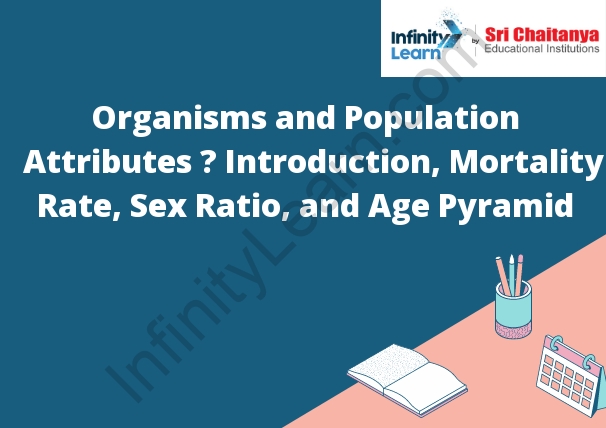Table of Contents
Introductions of Organisms and Population
An organism is any living thing, from a tiny bacterium to a huge elephant. Organisms can be divided into two main groups: prokaryotes and eukaryotes. Prokaryotes are simple cells without a nucleus, while eukaryotes are more complex cells with a nucleus.
A population is a group of organisms of the same species that live in the same area. The size of a population can vary over time as a result of births, deaths, and immigration and emigration.

Organisms and Population
Organisms are the smallest unit of life that can carry out the processes of life. All organisms are composed of cells, the basic unit of life. A population is a group of organisms of the same species living in the same place at the same time.
Organisms in a population interact with each other and their environment. They compete for food, water, and space. They also reproduce, and their offspring inherit their parents’ characteristics.
The characteristics of a population can change over time. The population can grow or shrink in size. The population can also change in its genetic makeup.
Population Attributes
The world’s population is aging. According to the United Nations Population Division, the number of people aged 60 or over is expected to more than double from 841 million in 2010 to more than 2 billion in 2050. This aging population is a result of people living longer and the declining fertility rate.
An aging population has both benefits and challenges. On the one hand, an aging population can contribute to economic growth as people retire and become consumers. On the other hand, an aging population can put a strain on social welfare systems and public finances as people require more health care and social services.
Governments need to plan for an aging population by ensuring that social welfare systems are sustainable. They should also promote policies that encourage people to work longer and save more for retirement.







